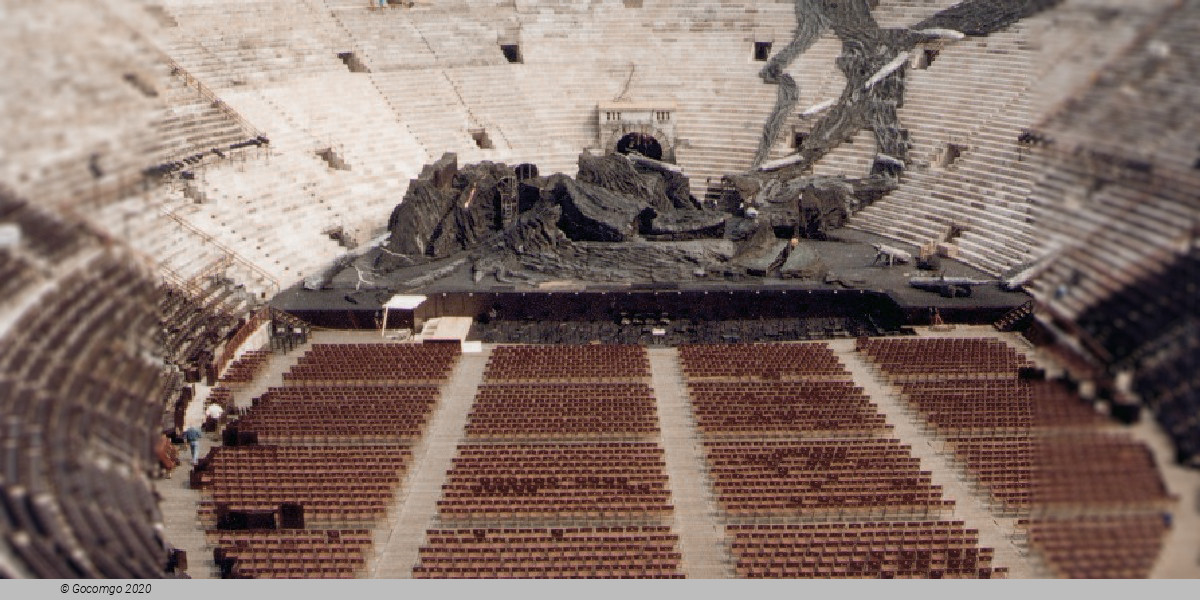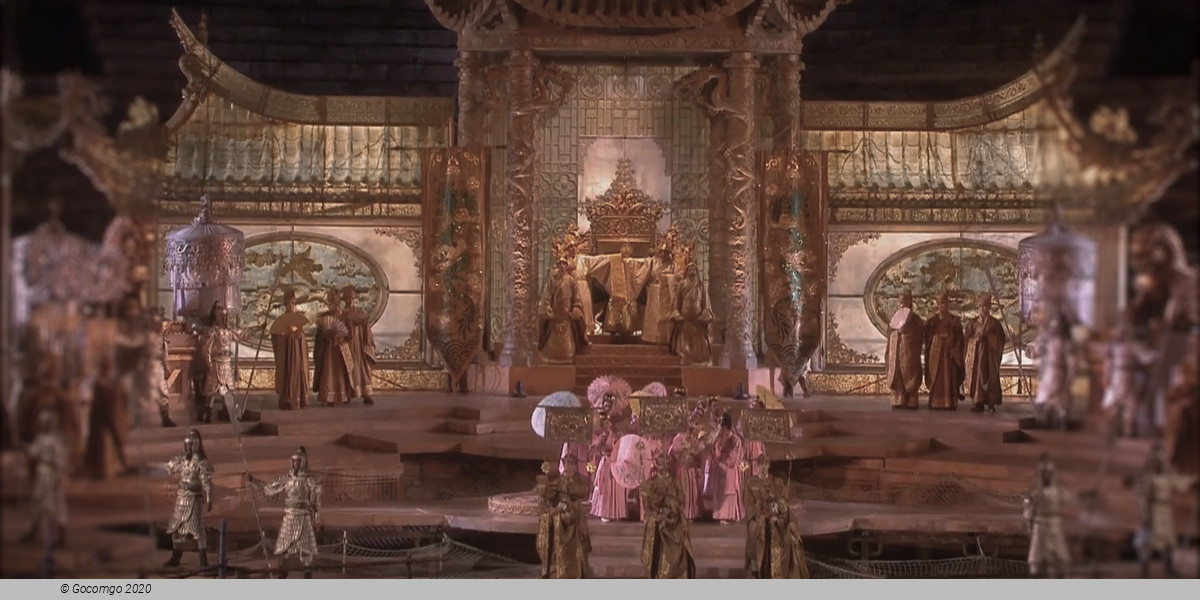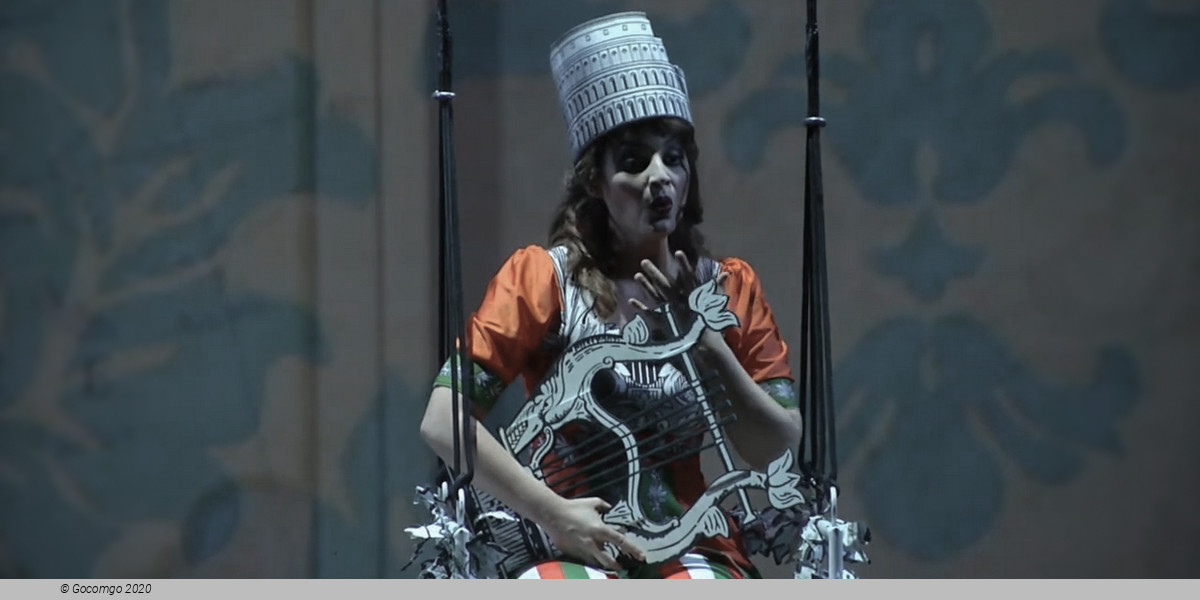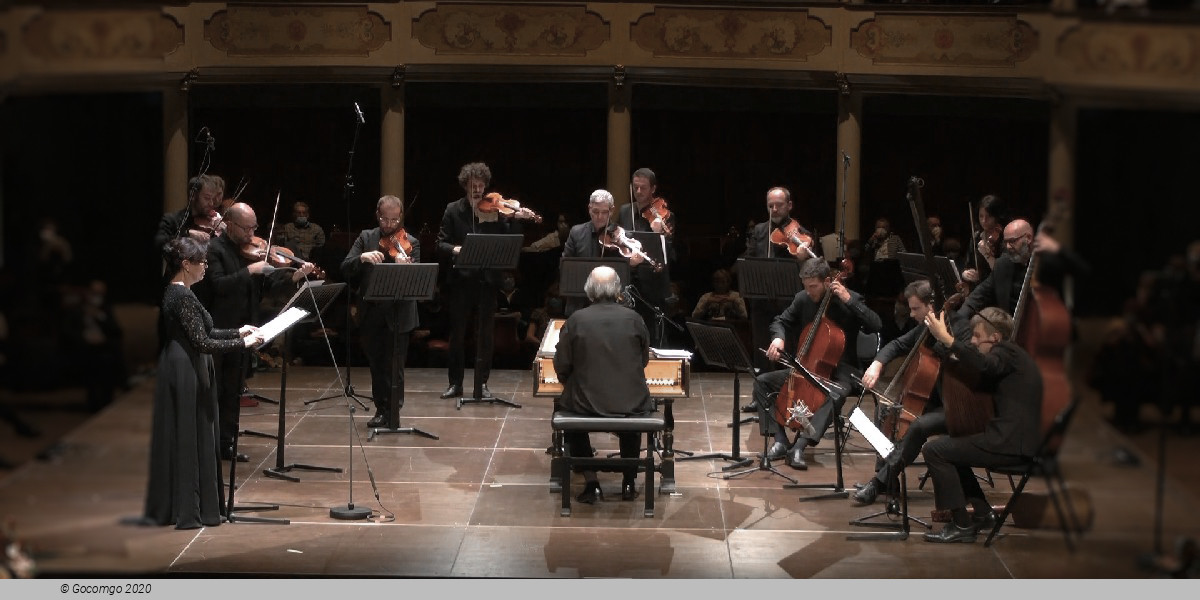Venues in Verona

Verona is a city on the Adige river in Veneto, Italy. It is one of the main tourist destinations in northern Italy because of its artistic heritage and several annual fairs, shows, and operas, such as the lyrical season in the Arena, an ancient Roman amphitheater. The city has been declared a World Heritage Site by UNESCO because of its urban structure and architecture. Two of William Shakespeare's plays are set in Verona: Romeo and Juliet and The Two Gentlemen of Verona. It is unknown if Shakespeare ever visited Verona or Italy, but his plays have lured many visitors to Verona and surrounding cities.
Because of the value and importance of its many historical buildings, Verona has been named a UNESCOWorld Heritage Site. Verona preserved many ancient Roman monuments (including the magnificent Arena) in the early Middle Ages, but many of its early medieval edifices were destroyed or heavily damaged by the earthquake of 3 January 1117, which led to a massive Romanesque rebuilding. The Carolingian period Versus de Verona contains an important description of Verona in the early medieval era.
The Roman military settlement in what is now the centre of the city was to expand through the cardines and decumani that intersect at right angles. This structure has been kept to the present day and is clearly visible from the air. Further development has not reshaped the original map. Though the Roman city with its basalt-paved roads is mostly hidden from view it stands virtually intact about 6 m below the surface. Most palazzi and houses have cellars built on Roman structures that are rarely accessible to visitors.
Piazza delle Erbe, near the Roman forum was rebuilt by Cangrande I and Cansignorio della Scala I, lords of Verona, using material (such as marble blocks and statues) from Roman spas and villas.
Verona is famous for its Roman amphitheatre, the Arena, found in the city's largest piazza, the Piazza Bra. Completed around 30 AD, it is the third largest in Italy after Rome's Colosseum and the arena at Capua. It measures 139 metres long and 110 metres wide, and could seat some 25,000 spectators in its 44 tiers of marble seats. The ludi (shows and gladiator games) performed within its walls were so famous that they attracted spectators from far beyond the city. The current two-story façade is actually the internal support for the tiers; only a fragment of the original outer perimeter wall in white and pink limestone from Valpolicella, with three stories remains.The interior is very impressive and is virtually intact, and has remained in use even today for public events, fairs, theatre and open-aired opera during warm summer nights.
There is also a variety of other Roman monuments to be found in the town, such as the Roman theatre of Verona. This theatre was built in the 1st century BC, but through the ages had fallen in disuse and had been built upon to provide housing. In the 18th century Andrea Monga, a wealthy Veronese, bought all the houses that in time had been built over the theatre, demolished them, and saved the monument. Not far from it is the Ponte di Pietra ("Stone Wall Bridge"), another Roman landmark that has survived to this day.
The Arco dei Gavi (Gavi Arch) was built in the 1st century AD, and is famous for having the name of the builder (architect Lucius Vitruvius Cordone) engraved on it, a rare case in the architecture of the epoque. It originally straddled the main Roman road into the city, now the Corso Cavour. It was demolished by French troops in 1805 and rebuilt in 1932.
San Zeno Basilica, like many other Veronese churches, is built with alternating layers of white stone and bricks
Nearby is the Porta Borsari, an archway at the end of Corso Porta Borsari. This is the façade of a 3rd-century gate in the original Roman city walls. The inscription is dated 245 AD and gives the city name as Colonia Verona Augusta. Corso Porta Borsari, the road passing through the gate is the original Via Sacra of the Roman city. Today, it is lined with several Renaissance palazzi and the ancient Church of Santi Apostoli, a few metres from Piazza delle Erbe.
Porta Leoni is the 1st century BC ruin of what was once part of the Roman city gate. A substantial portion is still standing as part of the wall of a medieval building. The street itself is an open archaeological site, and the remains of the original Roman street and gateway foundations can be seen a few feet below the present street level. As can be seen from there, the gate contains a small court guarded by towers. Here, carriages and travelers were inspected before entering or leaving the city.
The Basilica of San Zeno Maggiore is Romanesque style church, the third such structure on its site, built from 1123–1135, over the 4th-century shrine to Verona's patron saint, St. Zeno (died 380). The façade dominates the large square, and is flanked with a 72-metre-tall bell tower, which is mentioned by Dante in Canto 18 of Purgatory in the Divine Comedy. The weathered Veronese stone gives a warm golden glow, and the restrained lines of the pillars, columns, and cornices, and the gallery with its double windows, give the façade an air of harmonious elegance. The huge rose window is decorated as a Wheel of Fortune. The lintels above the portal have carvings of the months of the year. Each side of the doorway is embellished with 18 bas-relief panels of biblical scenes, and the inner bronze door panels have 48 primitive but forceful depictions of Biblical scenes and episodes from the life of St Zeno. The meaning of some of the scenes is now unknown, but the extraordinarily vivid energy of the figures is a superb blend of traditional and Ottonian influences. The interior of the church is divided into the Lower Church, occupying about ⅔ of the structure, and the Upper Church, occupying the remainder. The walls are covered with 12th and 14th century frescos and the ceiling of the nave is a magnificent example of a ship's keel ceiling. The vaulted crypt contains the tomb of St. Zeno, the first Bishop of Verona, as well as the tombs of several other saints. North of the church is a pleasant cloister. The church also houses the tomb of King Pippin of Italy (777–810).
The Basilica of San Lorenzo is another Romanesque church, albeit smaller. It dates from around 1177, but was built on the site of a Paleochristian church, fragments of which remain. The church is built of alternating tracks of brick and stone, and has two cylindrical towers, housing spiral staircases to the women's galleries. The interior is sober, but still quiet. The striped bands of stone and brick and the graceful arches complement the setting.
Santa Maria Antica is a small Romanesque church that served as the private chapel of the Scaligeri clan, and is famous for the Gothic Scaliger Tombs. The Duomo is also a notable Romanesque church.
Sant'Anastasia is a huge and lofty church built from 1290–1481 by the Dominicans to hold the massive congregations attracted by their sermons. The Pellegrini chapel houses the fresco St. George and the Princess of Trebizond by Pisanello as well as the grave of Wilhelm von Bibra. An art festival is held in the square each may.
With a span length of 48.70 m (159.78 ft), the segmental arch bridge Ponte Scaligero featured, at the time of its completion in 1356, the world's largest bridge arch.




